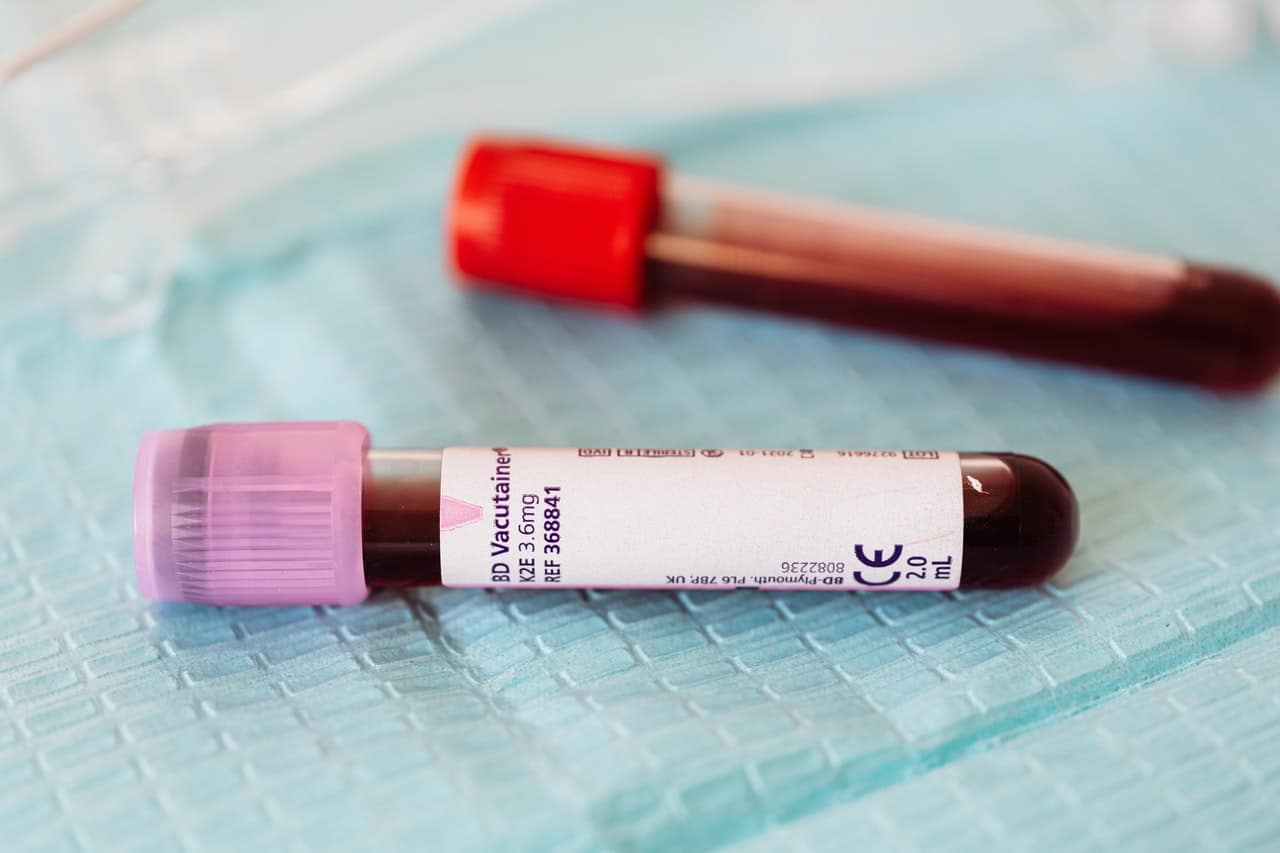What is Hypovolemic Shock?
Hypovolemic shock is a condition wherein the body is unable to supply its tissues with sufficient oxygen. Different tissues have specific oxygen requirements, and the body is in charge of regulating oxygen supply from head to toe.
Hypovolemic shock often occurs after a severe reaction in blood preload. A reduction in preload means the stroke volume of blood is affected, and the overall volume of the heart eventually drops. Fluid loss and hemorrhaging are two sub-categories of hypovolemic shock (if we base our analysis on its cause or etiology).
Hypovolemic Shock Pathophysiology
Hypovolemic shock can occur due to many conditions, including trauma, a rupture in the aortic regions, aneurysm in the ventricle, bleeding in the gastrointestinal tract, and hematomas have ruptured, a bleeding pancreas and bone fractures.
There may also be situations when a person goes into hypovolemic shock due to uncontrollable diarrhea or loose bowel movement. There are also situations when heatstroke, extensive burns, and third-spacing also result in hypovolemic shock.
Hypovolemic Shock Stages
There are four stages of hypovolemic shock. Stage one indicates a loss of up to 750 ccs of blood, representing fifteen percent of the sum of your blood volume for an average man or woman.
At this point, the cardiovascular system responds through a slight constriction of blood vessels. The heart rate remains relatively healthy. The urine output is also maintained based on average levels of urine production. The slight constriction of blood vessels is necessary to maintain ideal blood pressure levels.
The second stage is losing more than 750 ccs of blood, up to 1500 cc. At this point, your pulse will begin to rise. Your pulse will reflect the rise in heart rate immediately.
To save the essential organs, your body will pull blood from the extremities toward the heart, brain, kidneys, and liver. Blood from the intestines will also be reduced to bring as much oxygen to the most vital organs of the body. Blood pressure may be maintained at healthy levels at this point and your urine, but the person may begin to experience anxiety.
The third stage is losing at least 1500 cc to a maximum of 2000 cc of blood. This already means you have lost ½ galloon of blood. The blood pressure begins to decline at this point steadily.
Urine productions begin to grind to a halt. Limbs and extremities will begin to feel clammy as well due to the loss of blood. Paleness of the skin can be observed for the same reasons. At the third stage of shock, confusion and lack of focus will begin to set in. You may also become more flustered as time passes.
The fourth stage of hypovolemic shock takes place when you lose more than 2000 cc of blood.
This is over forty percent of all the blood in your body. Your heart will continue pumping, but it will shift into high gear for the last-ditch attempt to save you from death. Blood pressure will continue to drop, and urine production will be virtually zero at this point.
Signs and Symptoms of Hypovolemic Shock
These are the most common hypovolemic shock symptoms that are observable in people with the condition:
- Sudden rise in heartbeat or pulse rate
- Shallow breathing, in quick increments
- A general feeling of weakness
- A general feeling of fatigue or exhaustion
- Being confused or a feeling of being woozy
- Having low blood pressure
- Having clammy or cold skin
Keep in mind that multiple conditions may cause hypovolemic shock in people, including ectopic pregnancies, aortic aneurysms, and various other sudden and voluminous bleeding in the body. Hypovolemic shock may occur when there are numerous cuts on your head and around the neck, some broken bones, especially in the hip region, spleen damage, kidney damage, liver damage, or other kinds of internal injuries due to an accident like a bad fall.
Chronic or acute problems involving the gastrointestinal tract can also cause this type of shock. You must get to a doctor quickly when you feel any of these symptoms, especially if you are already experiencing some heavy bleeding. In some instances, even those undergoing normal delivery operations can go into shock if something goes wrong, and there is a lot of blood loss involved.
Additionally, some people with tissue disorders that cause a fetus to grow outside the normal uterine zone for fetuses can also experience heavy bleeding and eventually go into shock.
Diagnosing Hypovolemic Shock
Your physician will first check your pulse, temperature, how your breathing is doing, and of course, your blood pressure. If you are in an emergency room, you will notice that they will be interested in the color and quality of your skin. They will want to understand if you are paler than usual. If you are awake and can consciously communicate, it would be best to tell them all about your medical history and what happened when you felt the symptoms. This will help them understand what’s happening to you.
If the bleeding were due to an ectopic pregnancy, the pregnancy would have to be confirmed by the medical team assigned to you. They will likely ask you about your menstruation’s regularity and if you have experienced any vaginal bleeding as of late.
Additional tests may be carried out as confirmatory tests like imaging studies. You may get an ultrasound or an x-ray or even a CT scan to get a fuller look at the probable or actual hemorrhaging sites. Your physician may also order a urine test and blood test to check your organs’ efficiency and find out if any associated conditions may be causing the problem.
Additional examinations like an ECG may also be plugged in to ensure that your heart is doing fine despite the shock. They will be closely monitoring your breathing and heart rate while you are in the hospital.

